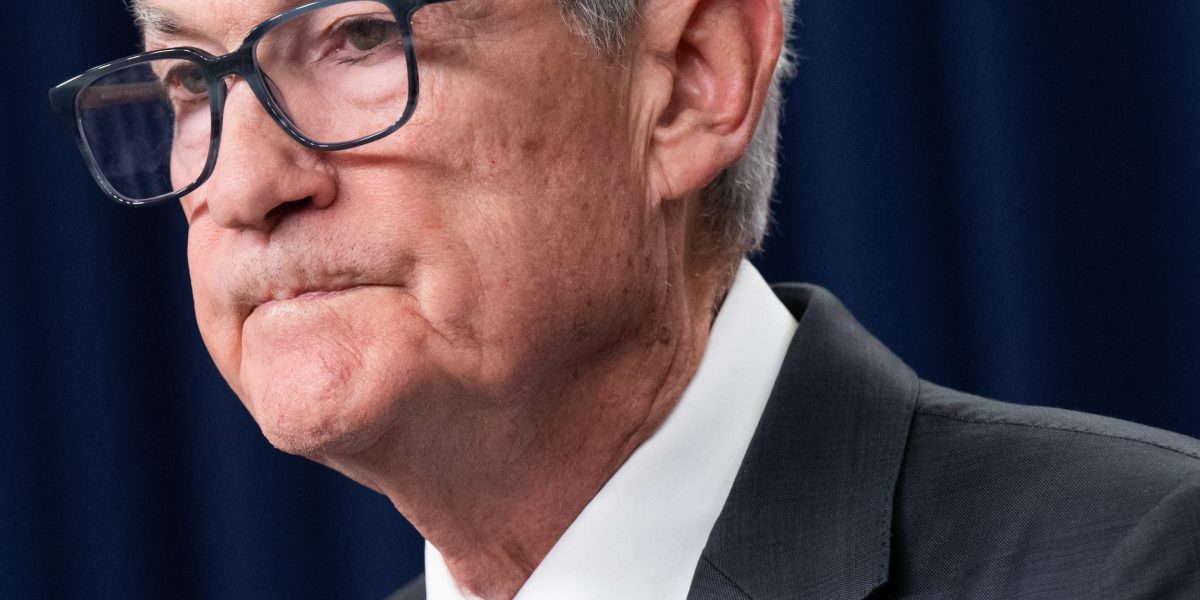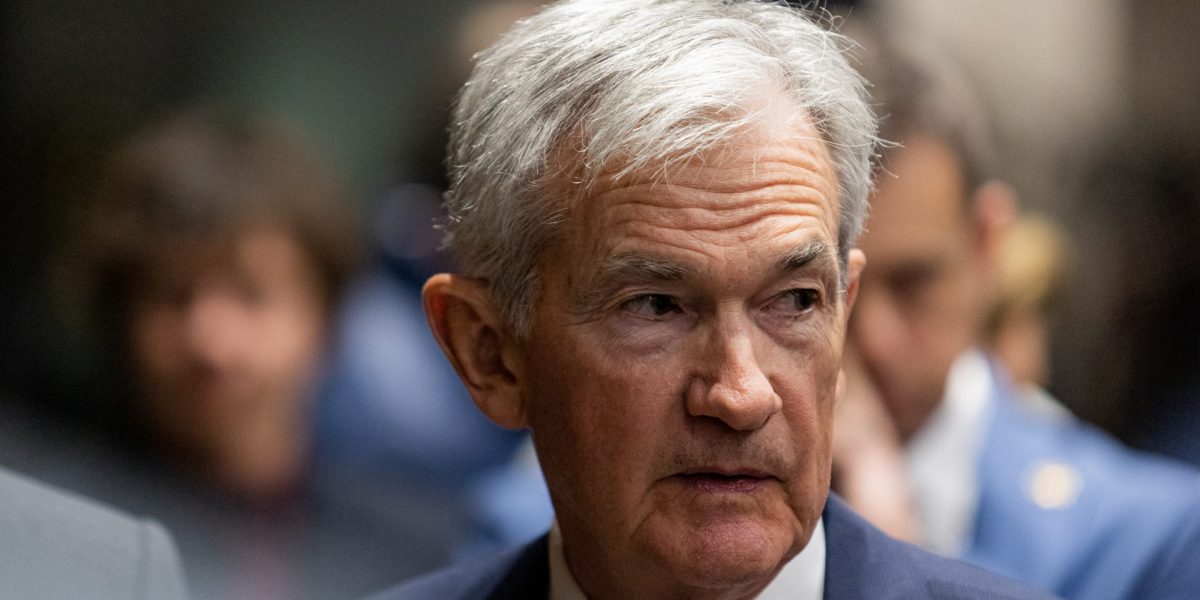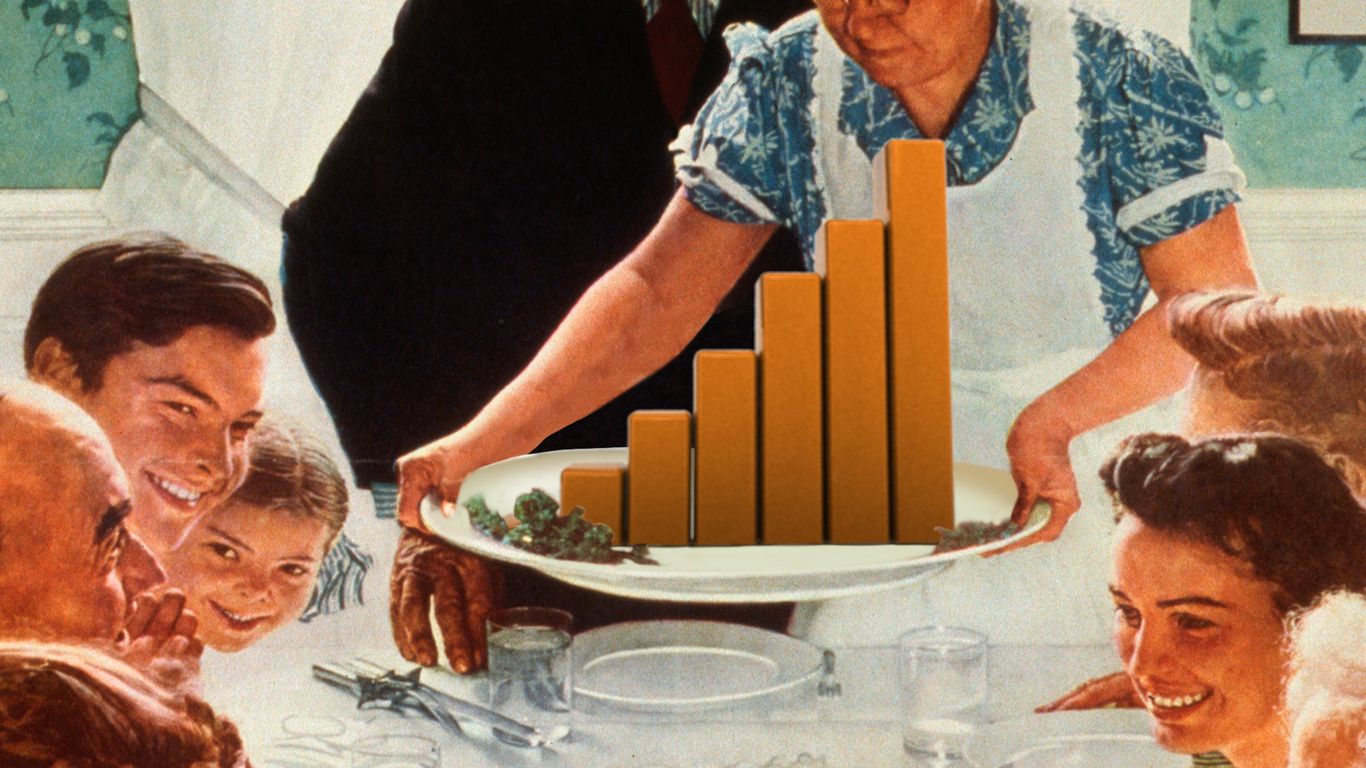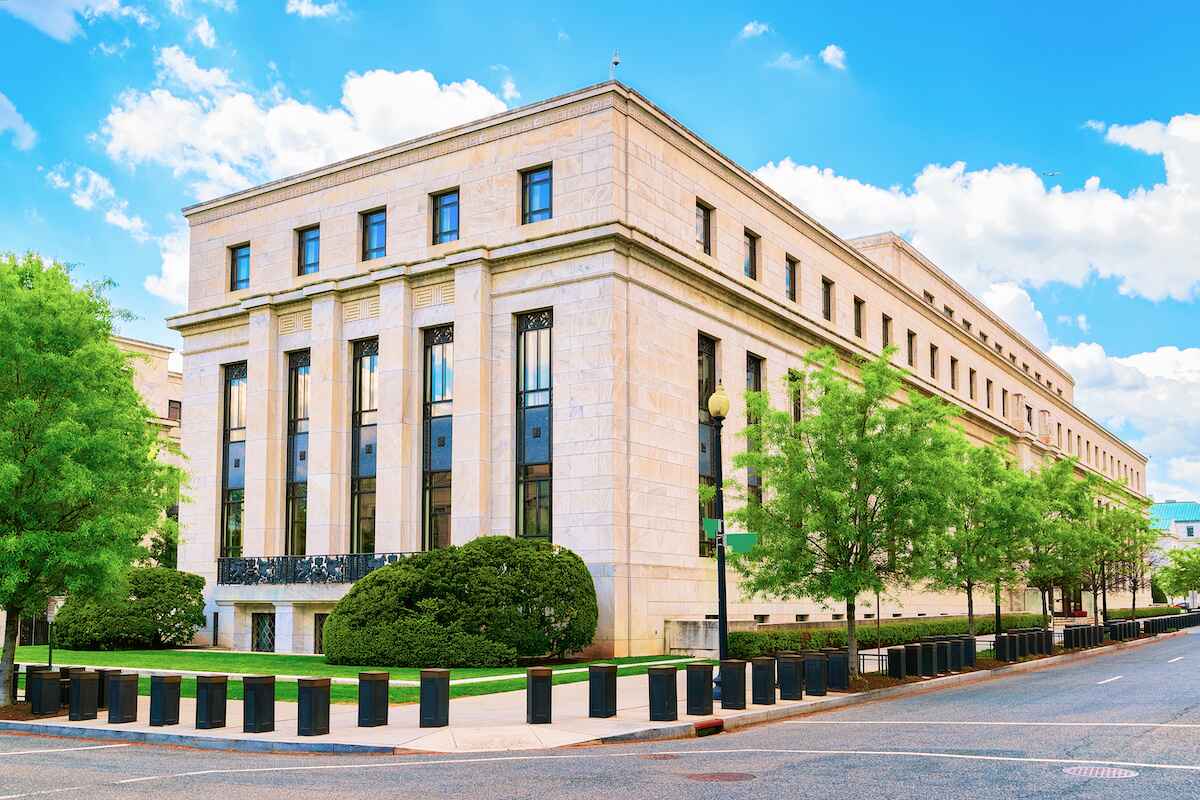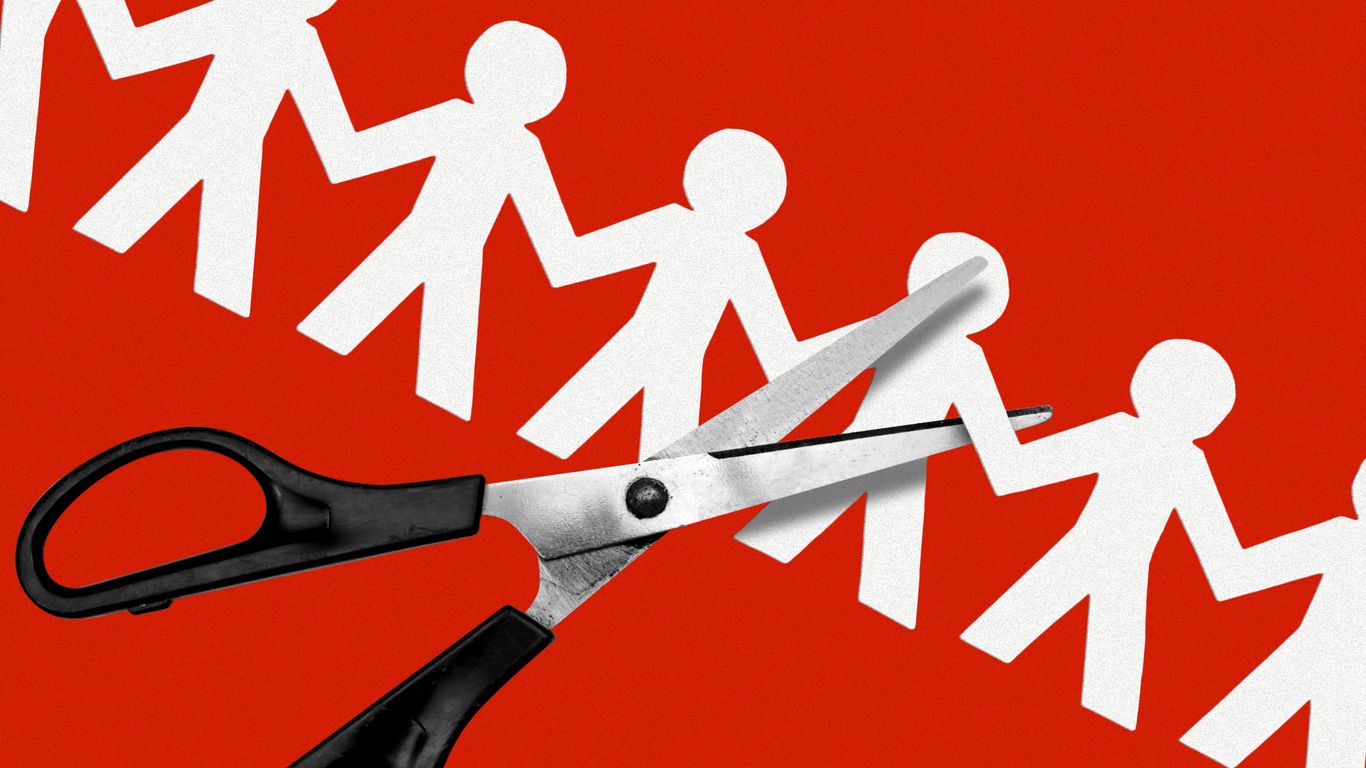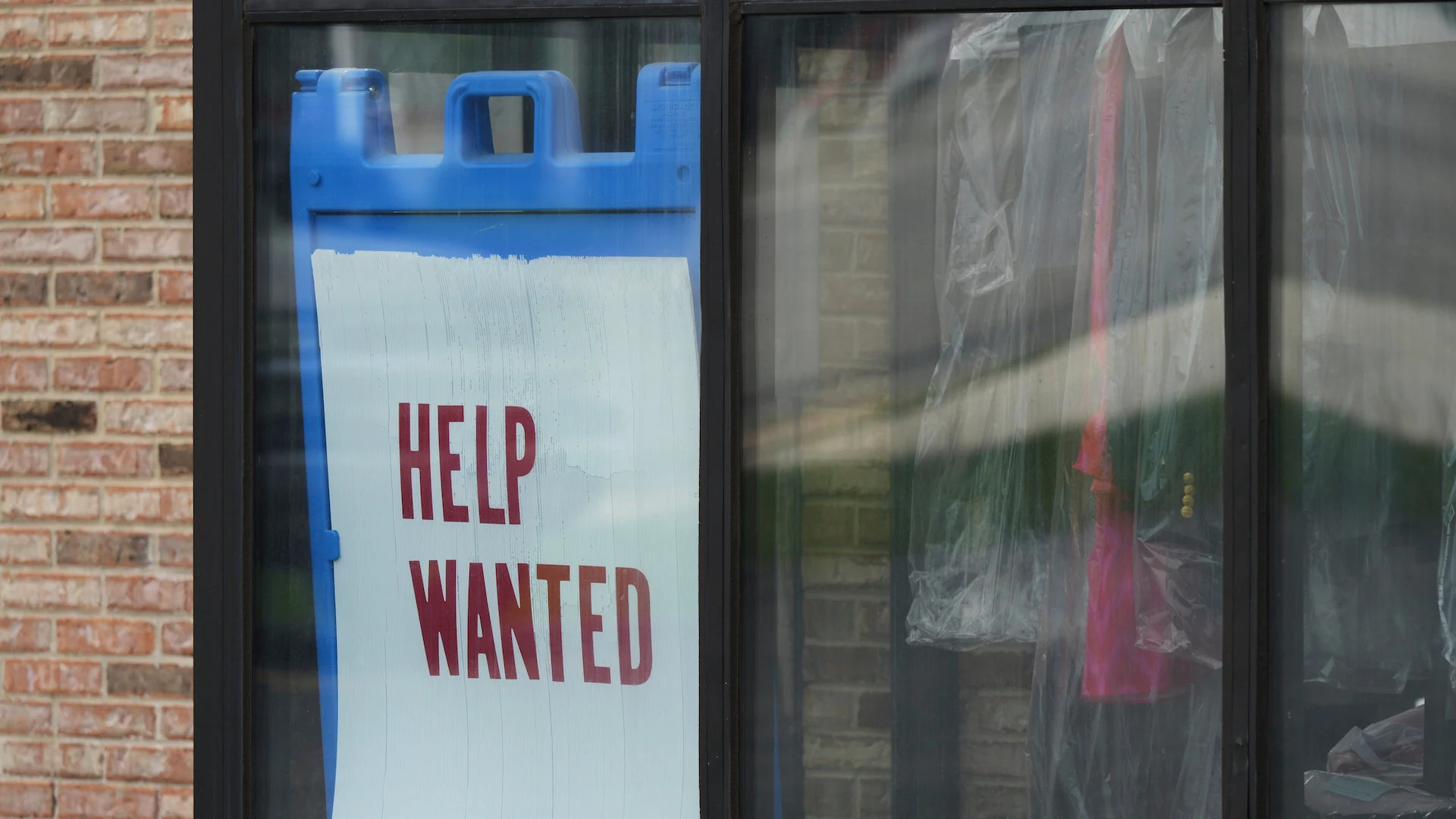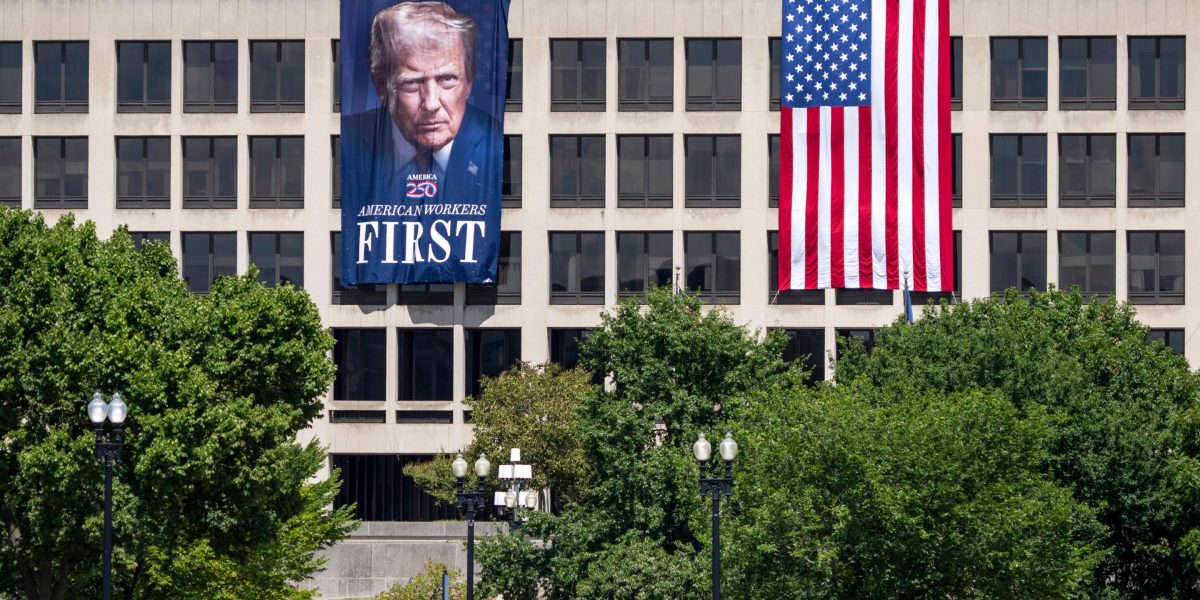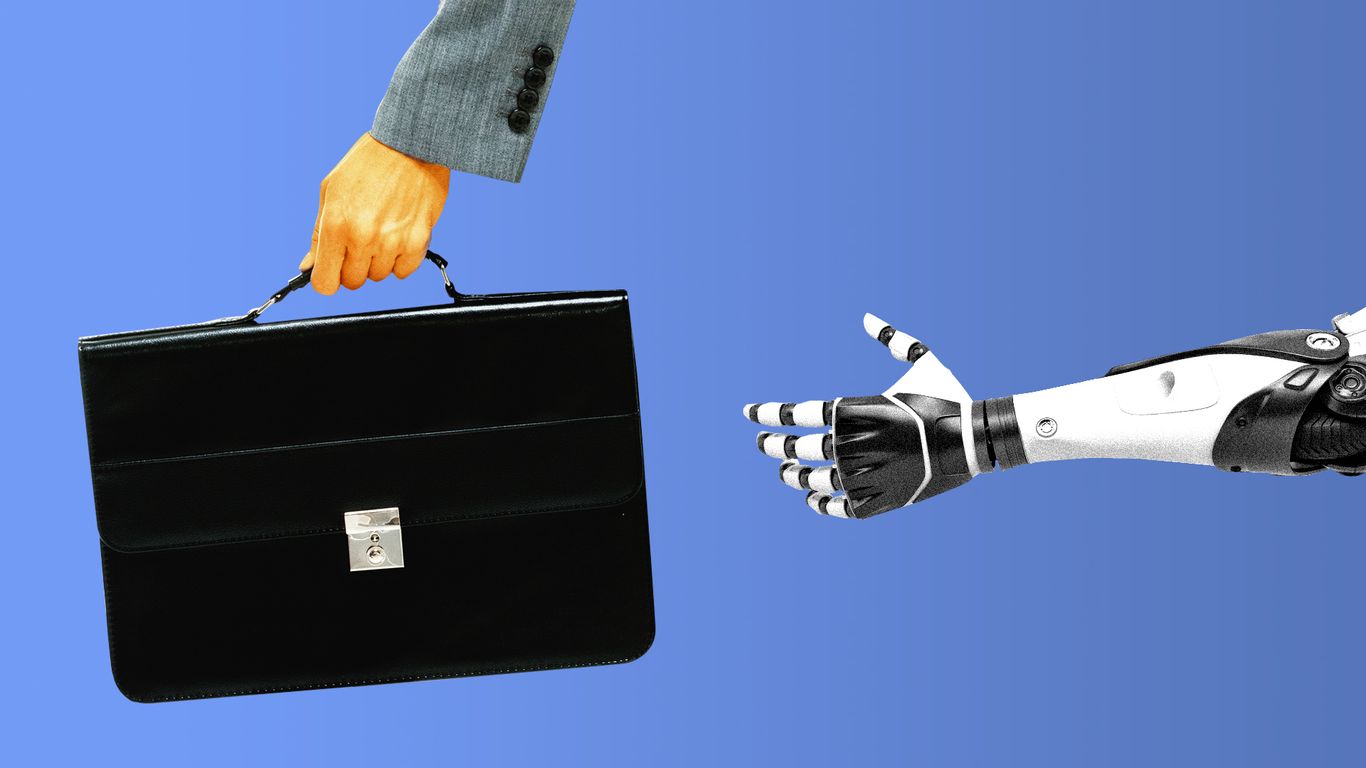#labor-market
#labor-market
[ follow ]
#federal-reserve #inflation #interest-rates #layoffs #artificial-intelligence #automation #unemployment-claims
Artificial intelligence
fromwww.theguardian.com
6 days agoMost people aren't fretting about an AI bubble. What they fear is mass layoffs | Steven Greenhouse
AI-driven automation risks causing massive job losses, particularly among entry-level white-collar workers, potentially worsening unemployment and income inequality.
fromBusiness Insider
6 days agoRussia's wartime consumer boom is cracking as shoppers tighten their wallets
After years of wartime splurging, Russian shoppers are tightening their grip on their wallets - a shift that hints at growing stress in the country's economy. Growth in consumer spending has weakened across most regions, the Central Bank of Russia said in a report published Wednesday. In October and November, demand softened even as unemployment remained near historic lows and inflation expectations ticked higher.
Careers
Business
fromFortune
1 week ago'We have not seen this rosy picture' says ADP's chief economist, who warns real economy will look pretty different from Wall Street's bullish outlook | Fortune
U.S. macro indicators look strong, but labor-market weakness and Fed rate cuts signal underlying economic fragility for 2026.
fromFortune
1 week agoThe low-hire, low-fire economy crawls along with job openings unchanged from September to October | Fortune
The Labor Department reported Tuesday that employers posted 7.67 million vacancies in October, close to September's 7.66 million. The Job Openings and Labor Turnover Survey (JOLTS), which was delayed by the extended government shutdown, also showed that the layoffs rose and number of people quitting their jobs - a sign of confidence in the labor market - fell in October.
US news
US news
fromLondon Business News | Londonlovesbusiness.com
1 week agoThe significant events in the global economy over the past week - London Business News | Londonlovesbusiness.com
U.S. equity markets rose as investors priced potential Fed rate cuts amid mixed economic data, cautious trading, and strong tech and small-cap performance.
Artificial intelligence
fromFortune
1 week agoElon Musk and Bill Gates are wrong about AI imminently replacing all jobs. 'That's not what we're seeing,' LinkedIn exec slams | Fortune
Companies adopting AI are increasing hiring for business development, tech‑savvy, and sales roles to capitalize on innovation and growth opportunities.
fromFortune
2 weeks agoWhat CEOs say about AI and what they mean about layoffs and job cuts: Goldman Sachs peels the onion | Fortune
New economic analysis by Goldman Sachs reveals a bifurcated picture of artificial intelligence's (AI) impact on the workforce, finding that while the technology's role in current layoffs remains modest and unproven across the broader economy, companies focusing on AI in their workforce discussions have sharply curtailed their job openings this year. The findings, drawn from an analysis of Q3 corporate earnings commentary and results by senior economist Ronnie Walker, were drawn from management commentary and results across nearly all the S&P 500.
Artificial intelligence
Business
fromFortune
3 weeks agoThe labor market feels so awful right now because companies are doing everything bar announcing mass layoffs, says the Fed | Fortune
Companies are reducing headcount through hiring freezes, replacement-only hiring, reduced hours, and AI-driven role cuts, weakening labor demand and denting consumer confidence.
US news
fromLondon Business News | Londonlovesbusiness.com
3 weeks agoDollar steadies after Tuesday's slide on soft US data - London Business News | Londonlovesbusiness.com
US economic data show cooling retail sales and labor weakness, boosting expectations of a December Fed rate cut and keeping the dollar subdued.
US politics
fromFortune
3 weeks ago'Just enough to spend, not enough to splurge': The low-hire labor market bites for Gen Z and lower-income Americans, JPMorgan finds | Fortune
American households face a tighter holiday spending season due to weak real income growth and a soft labor market disproportionately affecting younger and lower-income workers.
US politics
fromFortune
3 weeks agoDespite Trump's best efforts to reshore manufacturing, blue-collar employment is plunging for the first time since the pandemic with 59,000 lost jobs | Fortune
Tariffs intended to reshore manufacturing have coincided with continued manufacturing job losses, increased uncertainty, and reduced employer hiring, undermining reshoring and factory employment growth.
fromBusiness Insider
3 weeks agoThe 7 ugly trends that show America is closer to a recession than you think
When describing the health of the US economy, there is a temptation among economists, market analysts, and politicians to argue that the only true picture of our current situation is a sweeping portrait - only by looking at the broadest of aggregate statistics can you determine the state of play, they argue. But the wide view can ignore important developments unfolding under the surface. Sometimes, even the healthiest-looking person might have high cholesterol.
Business
US news
fromLondon Business News | Londonlovesbusiness.com
4 weeks agoGold steady as markets brace for Fed minutes and key NFP data - London Business News | Londonlovesbusiness.com
Gold held steady as investors awaited Fed minutes and U.S. payrolls, with mixed labor signals, rate-cut uncertainty, and geopolitical tensions supporting demand.
fromwww.housingwire.com
4 weeks agoMortgage rates steady near 6.4%
These relatively steady rate movements seem to be in line with market expectations following the Federal Reserve's 25-bps cut to benchmark rates late last month. The cut was widely anticipated and baked into the rates offered by most mortgage lenders well in advance. We've seen this rhythm before: rates fall in anticipation of a Fed cut, rise slightly following the announcement due to cautious messaging, and then stabilize or trend down again as economic data unfolds, said Samir Dedhia, CEO of One Real Mortgage.
US news
US news
fromFortune
4 weeks ago'The kids aren't alright,' warns top economist, as unemployed, pessimistic Gen Z living with parents blow a $12 billion hole in consumption | Fortune
Gen Z faces weak hiring, unaffordable housing, and low wage growth, causing long-term labor-market scarring and $12 billion annual consumer activity loss.
Higher education
fromFortune
4 weeks agoGen Z college students have found a new cheat code to land them an AI-proof job: double majoring | Fortune
Double majoring increasingly provides skill diversification that modestly raises earnings while substantially protecting graduates from income shocks and job volatility.
Business
fromFortune
1 month agoEconomist who popularized 'K-shaped economy' warns one key factor is being overlooked that is creating a 'sea of despair' for low-income Americans | Fortune
Economic recovery after COVID has been K-shaped, benefiting higher-income, white-collar and tech workers while leaving lower-income, service and blue-collar workers behind.
US politics
fromFortune
1 month agoHopes for a December rate cut are fading fast despite labor fears-Jerome Powell will have his work cut out attempting to unite the Fed | Fortune
FOMC members are cautious, reducing chances of a final 2025 rate cut as shutdown-driven labor weakness, sticky inflation, and employment goals create policy uncertainty.
fromAxios
1 month agoThe affordability crisis, once Biden's, is now Trump's
Zoom out: The economy, in a lot of ways, is just fine. Growth is robust, inflation is a fraction of what it was not that long ago, and the labor market is, for now, in a (tenuous) equilibrium. Yes, but: The vibes are awful and getting worse. The thing that doomed Democrats in 2024 hasn't gotten particularly better since. Corporate layoffs are at a 22-year high.
US politics
fromBusiness Insider
1 month agoThere's no jobs report. Here's what six recent analyses show instead.
Economists, journalists, and investors won't be waiting by their laptops this morning for a new jobs report. It's the second month without this data release. The agency isn't releasing most reports or collecting data during the government shutdown, which is the longest one in US history. However, job seekers, economists, and anyone else missing the BLS reports can turn to recent publications from ADP, Indeed, Bank of America, and others to get a sense of how the job market and broader economy are doing.
US news
fromSFGATE
1 month agoOctober 2025 was a blood bath for the tech industry, report shows
in 2025, the tech industry had the highest recorded number of layoffs for the month of October: 33,281 compared with 5,639 in September. Tech companies have announced 141,159 job cuts this year compared with 120,470 during the same period in 2024. Total year-to-date job cuts in the U.S. are at their highest level since the pandemic struck in 2020, and t he firm says that layoffs for the month of October haven't been this high since 2003
Business
Artificial intelligence
fromFortune
1 month agoA 'jobless profit boom' has cemented a permanent loss in payrolls as AI displaces labor at a faster rate, strategist says | Fortune
AI-driven productivity gains have enabled record corporate profits while causing permanent job losses and subdued hiring, creating a jobless profit boom across the economy.
[ Load more ]






